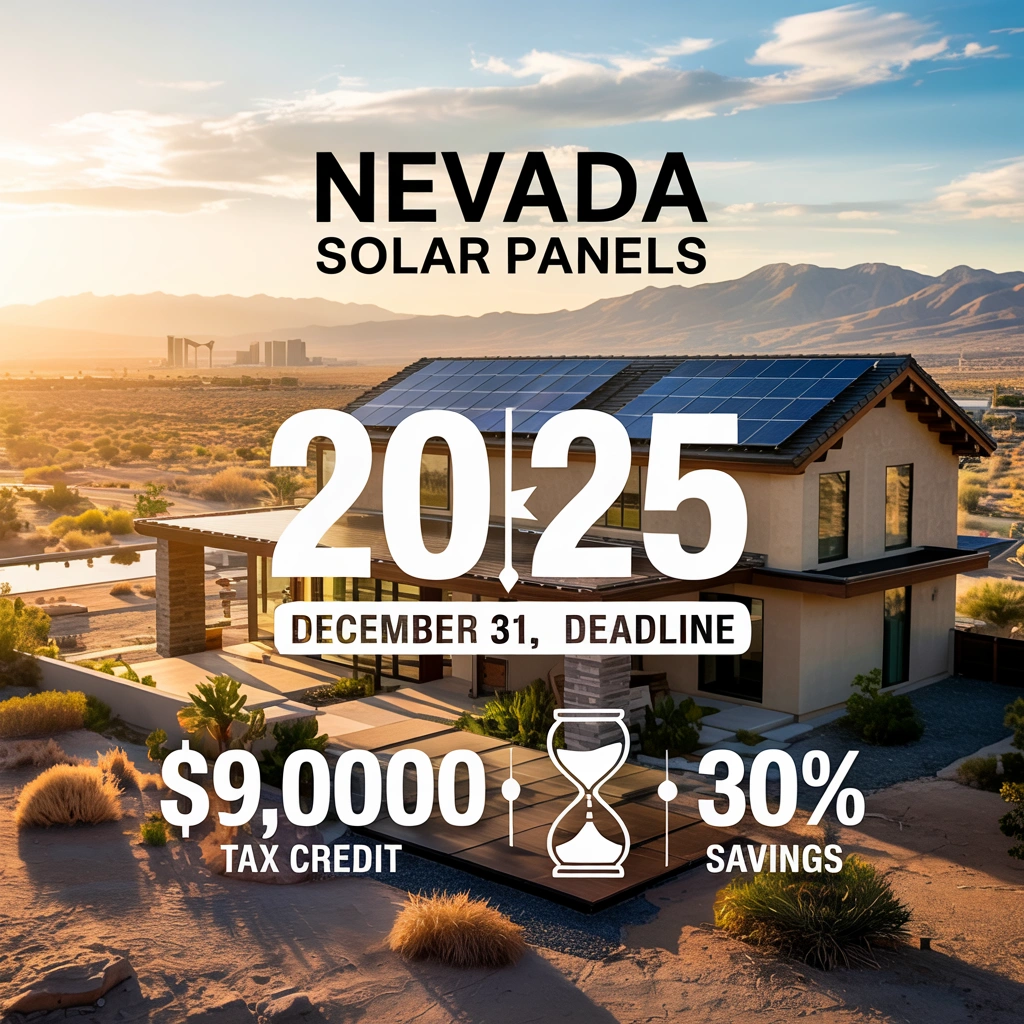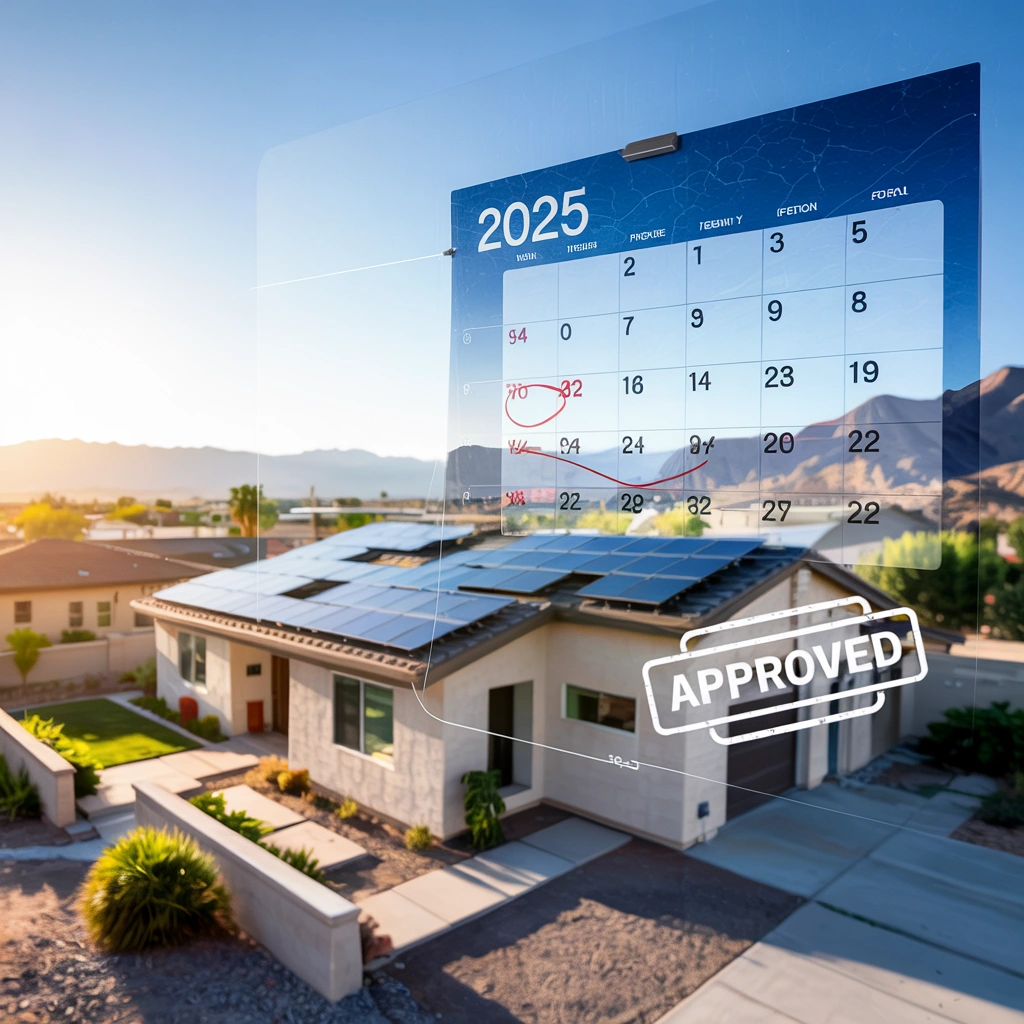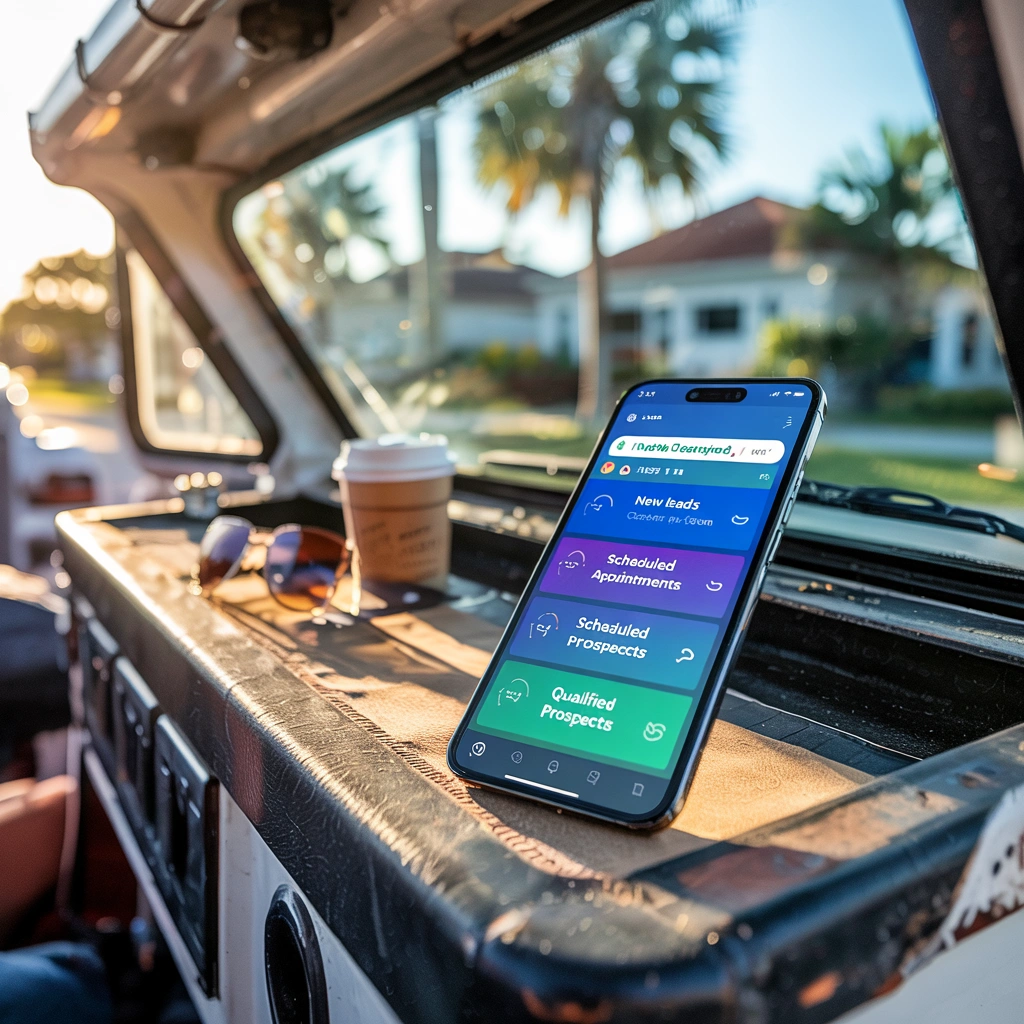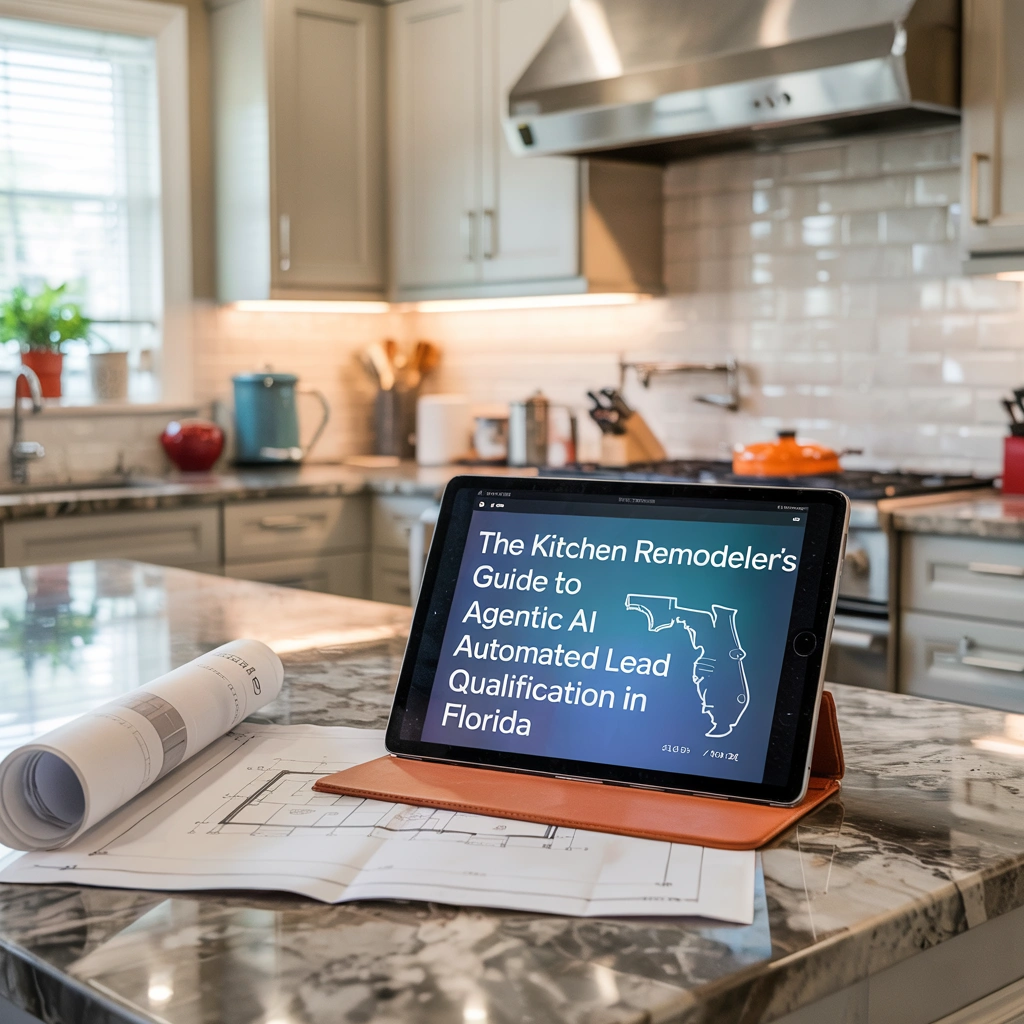
Summary: The federal solar tax credit ends permanently on December 31, 2025—no phase-down, just gone. Nevada homeowners can save over $3,000 on installations, but with new net metering changes and permit delays, October bookings might be your last realistic chance.
Key Takeaways:
- The federal solar tax credit, providing 30% savings on solar installations, ends permanently on December 31, 2025, with no phase-down period
- Nevada homeowners in Reno can save $3,355 on a typical 5kW system, while Las Vegas residents benefit from similar substantial tax credit reductions
- NV Energy’s Tier 4 net metering now offers 75% of retail rates for excess solar power, with proposed changes to 15-minute intervals affecting payback calculations
- Installation must be completed and operational by December 31, 2025, requiring homeowners to book by October 2025 to help ensure eligibility
- Nevada has implemented specific scam protection measures through the Solar Investigations Unit due to increased fraudulent activity during the rush period before the deadline
Nevada homeowners face a critical decision point as the federal solar Investment Tax Credit approaches its final deadline. Unlike previous transitions that included gradual reductions, this credit ends abruptly after December 31, 2025, eliminating the 30% federal tax benefit that has made solar installations significantly more affordable for residential properties.
Federal Solar Tax Credit Currently Set to End December 31, 2025
The federal Investment Tax Credit provides a 30% tax credit for eligible solar installations through 2025, applying to both residential and commercial systems, including those paired with batteries and storage. This credit represents one of the most substantial financial incentives available to Nevada homeowners considering solar energy systems.
Following the signing of the One Big Beautiful Bill on July 4, 2025, the federal solar tax credit is scheduled to end on December 31, 2025, with no phase-down. This means homeowners attempting solar installations in 2026 and beyond won’t receive any federal credit. This creates unprecedented urgency for Nevada residents who have been considering solar energy for their homes.
The credit can be claimed when filing federal income taxes, but only if the system is purchased with cash or a solar loan, not leased. This restriction affects financing decisions for many Nevada homeowners, particularly those evaluating different payment options. M&J Trusted Marketing helps solar businesses communicate these critical deadlines effectively to ensure homeowners understand the time-sensitive nature of this opportunity.
How Much Nevada Homeowners Can Save Before the Deadline
Nevada solar installations offer substantial savings through the federal tax credit, with specific benefits varying between the Reno and Las Vegas markets due to different system costs, energy usage patterns, and local installation factors.
1. Reno Solar Installation Costs and Savings Breakdown
The average cost of a 5kW solar panel system in Reno, Nevada, is approximately $11,204 before incentives. After factoring in the 30% federal tax credit, the cost comes down to $7,828, representing savings of $3,355 for Reno homeowners. This reduction makes solar installations significantly more accessible for Northern Nevada residents.
Reno’s solar costs reflect regional labor rates, permitting fees, and equipment transportation costs. The city’s elevation and climate patterns create specific installation considerations that affect overall system pricing, but the federal tax credit applies uniformly regardless of these local factors.
2. Las Vegas System Pricing with Federal Credit Applied
Las Vegas solar installations follow similar pricing structures, with the average cost for a 5kW system around $11,016 before incentives as of September 2025. The 30% federal tax credit provides comparable savings to Reno homeowners, making solar installations equally attractive for Southern Nevada residents.
Southern Nevada’s intense solar exposure allows for smaller systems to generate equivalent power compared to northern regions, potentially reducing overall installation costs. However, the 30% federal tax credit applies to the total system cost regardless of size or geographic location within Nevada.
3. Nevada Net Metering and Storage Incentive Programs
NV Energy offers a solar energy storage incentive to encourage customers to pair solar batteries with their solar power systems, providing savings for both time-of-use and non-TOU customers. This program complements the federal tax credit by reducing overall system costs.
The Nevada Energy Renewable Generations program has historically offered substantial incentives for residential and commercial installations. These state-level programs work alongside the federal tax credit to maximize savings for Nevada solar installations, though homeowners should verify current availability and amounts.
Nevada’s Net Metering Changes Affect Your Payback Timeline
Recent changes to Nevada’s net metering program significantly impact the financial calculations for new solar installations. Understanding these modifications helps homeowners make informed decisions about solar investments before the federal tax credit expires.
NV Energy Tier 4 Offers 75% Retail Rate for New Systems
NV Energy offers a net metering program where homeowners receive credits on their energy bills for excess solar energy sent back to the grid. As of 2025, new residential systems are enrolled in Tier 4, which offers 75% of the retail electricity rate for excess solar power sent back to the grid.
This reduction from previous net metering tiers affects the long-term financial benefits of solar installations. Additionally, NV Energy has proposed changes to move from monthly to 15-minute intervals for net metering calculations, which could further affect payback periods. While the federal tax credit provides immediate upfront savings, the ongoing value of excess energy production has decreased under the current tier structure.
Reno vs Las Vegas Payback Period Calculations
Payback periods vary between Reno and Las Vegas due to different electricity rates, solar exposure levels, and energy consumption patterns. Las Vegas typically experiences shorter payback periods due to higher solar irradiance and increased air conditioning demands that solar systems can offset.
Reno’s payback calculations must account for seasonal variations in energy production and consumption, particularly during winter months when solar generation decreases. The 75% net metering rate affects these calculations by reducing the value of excess summer production that typically helps balance winter energy needs.
Installation Timeline Requirements for Tax Credit Eligibility
Meeting the federal tax credit deadline requires careful planning and understanding of specific eligibility requirements. The system must be operational and producing power by December 31, 2025, not merely under construction or contracted.
1. System Must Be Operational by December 31, 2025
The federal tax credit requires that solar systems be placed in service by December 31, 2025. This means the system must be fully installed, connected to the grid, and capable of producing electricity by the deadline date.
Simply having a signed contract or permits in place doesn’t qualify for the tax credit. The system must pass all required inspections and receive utility approval for grid connection before December 31, 2025, to ensure eligibility for the 30% federal credit.
2. Clark and Washoe County Permit Processing Delays
Clark County and Washoe County process thousands of solar permit applications each year, creating potential bottlenecks as the deadline approaches. Permit processing delays can extend project timelines and risk missing the federal tax credit deadline.
Both counties have specific permit processes that require detailed system plans, electrical diagrams, and structural calculations. Licensed contractors must submit applications through county development services portals, and approval times can vary based on application volume and complexity.
3. Cash Purchase vs. Solar Loan Qualification Rules
The federal solar tax credit can only be claimed for systems purchased with cash or solar loans, not leased systems. This requirement affects financing decisions and eligibility for many Nevada homeowners considering different payment options.
Solar loans typically qualify for the tax credit because the homeowner owns the system and is responsible for payments. However, power purchase agreements and lease arrangements don’t qualify because the homeowner doesn’t own the solar equipment.
Nevada Solar Scam Protection During Rush Period
The approaching deadline has intensified fraudulent activity in Nevada’s solar market. Homeowners must remain vigilant against scam tactics that exploit the urgency surrounding the federal tax credit expiration.
Nevada’s solar incentives and year-round sunshine create perfect conditions for industry growth, but the same environment attracts unscrupulous operators seeking quick profits from unsuspecting homeowners. Clark County’s busy construction market provides cover for fraudulent operators to blend in with legitimate businesses.
Reported Scam Tactics in Clark and Washoe Counties
Common scam tactics include door-to-door pressure sales claiming exclusive neighborhood installations, fake government program representations that exaggerate federal tax credit benefits, and phantom company operations that collect deposits before disappearing.
Scammers often pressure homeowners to sign contracts immediately, claiming permits are included but lacking proper licensing. Many never file the required paperwork with county offices or state contractor boards.
Nevada State Contractors Board License Verification
Nevada requires solar installers to hold state contractor licenses. Homeowners can verify licenses through the Nevada State Contractors Board website before signing any agreements. Licensed contractors display their license numbers prominently and can be easily.
The Nevada State Contractors Board has created a Solar Investigations Unit specifically to combat solar scams. A bill passed in the Nevada Legislature in 2023 provides additional consumer protection from solar panel scams. Legitimate contractors carry general liability and workers’ compensation insurance, providing certificates and bonding information upon request. Unlicensed contractors expose homeowners to significant liability risks, making property damage or worker injuries the homeowner’s responsibility.
Book Installation by October 2025 to Help Ensure Tax Credit Qualification
Given the complex installation timeline requirements and potential delays in permitting and inspection processes, Nevada homeowners should consider booking solar installations by October 2025 to help ensure tax credit eligibility. This timeline accounts for permit processing, equipment procurement, installation scheduling, and required inspections.
Installation typically requires 4-8 weeks from contract signing to system activation, but permit delays and inspection scheduling can extend timelines significantly. The approaching deadline will likely increase demand for installation services, potentially extending these timeframes further.
Contractors with established relationships with local permitting offices and inspection departments may process projects more efficiently. However, even experienced contractors face limitations when county offices become overwhelmed with applications as the deadline approaches.
The October 2025 booking guideline provides adequate buffer time for unforeseen delays while helping homeowners avoid missing the 30% federal tax credit opportunity. Waiting until November or December 2025 significantly increases the risk of missing the deadline due to permitting backlogs or installation delays, as installer capacity is filling up rapidly.
For Nevada homeowners considering solar energy, M&J Trusted Marketing provides digital strategies that help legitimate solar businesses reach customers with transparent, deadline-critical information at https://www.trustedmarketing.se.
Frequently Asked Questions
How Solar Installation Companies Can Leverage This Content
This informative article, “The New Nevada Solar Tax Credit Deadline: An Urgent Guide for Reno & Las Vegas Homeowners.” can be adapted and repurposed across multiple marketing formats to help increase website traffic for kitchen remodeling services, build trust with potential clients, and differentiate their services in a competitive market. We help with “Go Beyond Blogging: Multi-Channel Marketing for Nevada Solar Installers” by transforming technical content into powerful marketing campaigns across all digital channels, ensuring maximum reach and engagement with potential customers.
This analysis is based on current tax law and Nevada utility policies anlysis is based on current tax law and Nevada utility policies as of August 2025. Business leaders should consult tax and legal professionals for specific investment advice.






